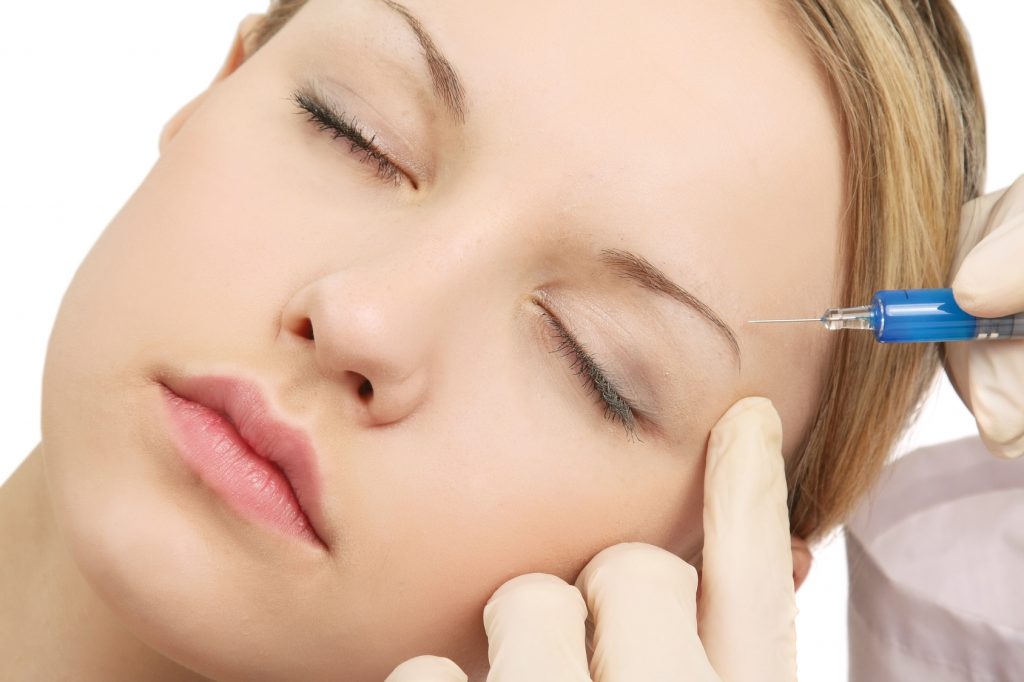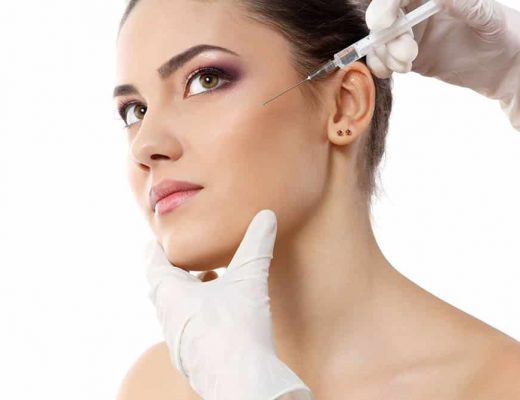Botox, also known as botulinum toxin has grown tremendously in the cosmetics industry during the last decade. Social media users as well as celebrities have begun to speak more openly about it, recasting the formerly taboo skin procedure in a much more accepted reputation. Although botox for skin targets symptoms of ageing such as facial wrinkles, botox for hair is quite distinct.
To begin, botox treatment intended for hair doesn’t even include botulinum toxin and is thus not an injection based treatment. This article will discuss all the important things that you need to know before proceeding with a botox hair treatment, including what to do after getting botox before and after. Without further ado, let’s start:
What is hair botox treatment?
Hair botox therapies don’t really follow a rigid protocol. Proteins and peptides are two well-known molecules that are utilized for the very same purpose. They are used in conjunction with a variety of other conditioning products to make your hair appear better. The combination of substances and the procedure used to act as a replacement for diminishing hair fibers, hence the term ‘botox’.
A single botox hair session may result in silky smooth, richer, and healthy hair while causing minimal damage. Because of these advantages, hair botox treatment is among the most popular hair treatments available today.
Hair botox is a therapy that provides semi-permanent results – treatment duration varies from person to person, however, it guarantees good results for a specified time regardless of the person receiving the hair botox treatment.
In general, hair botox therapy results should last around 2-4 months, with outcomes variable depending on how quickly your hair grows back.
How to take care of your hair before and after getting botox treatment
While hair botox is a procedure that doesn’t involve chemicals, the heat smoothing process might cause some harm. The following are among the finest techniques to take care of your botoxed hair and ensure that the results last:
- Choose a hair cleanser that doesn’t contain silicone, sulfate, and paraben in its ingredients. In addition, always finish with a conditioner or moisturizer to prevent any type of hair dryness.
- Once a week, treat yourself to a session of hair masking with deep conditioning – you should also apply a mending solution to help counteract the regular damage to your hair strands caused by the environment. Apply the mask thoroughly from roots to ends with a wash comb.
- Limit your daily use of blow drying to preserve the health of your strands. When styling your hair, apply a heat protective agent spray to mitigate the damage and finish using a leave-in solution.
- When venturing out in adverse weather, wrap your head with a scarf. While lying in bed, wear safety hairstyles to minimize pressure on the hair bases and filaments. 5. Schedule frequent hair botox sessions (two to three times per year is advised) to help keep up the appearance of healthy hair.



